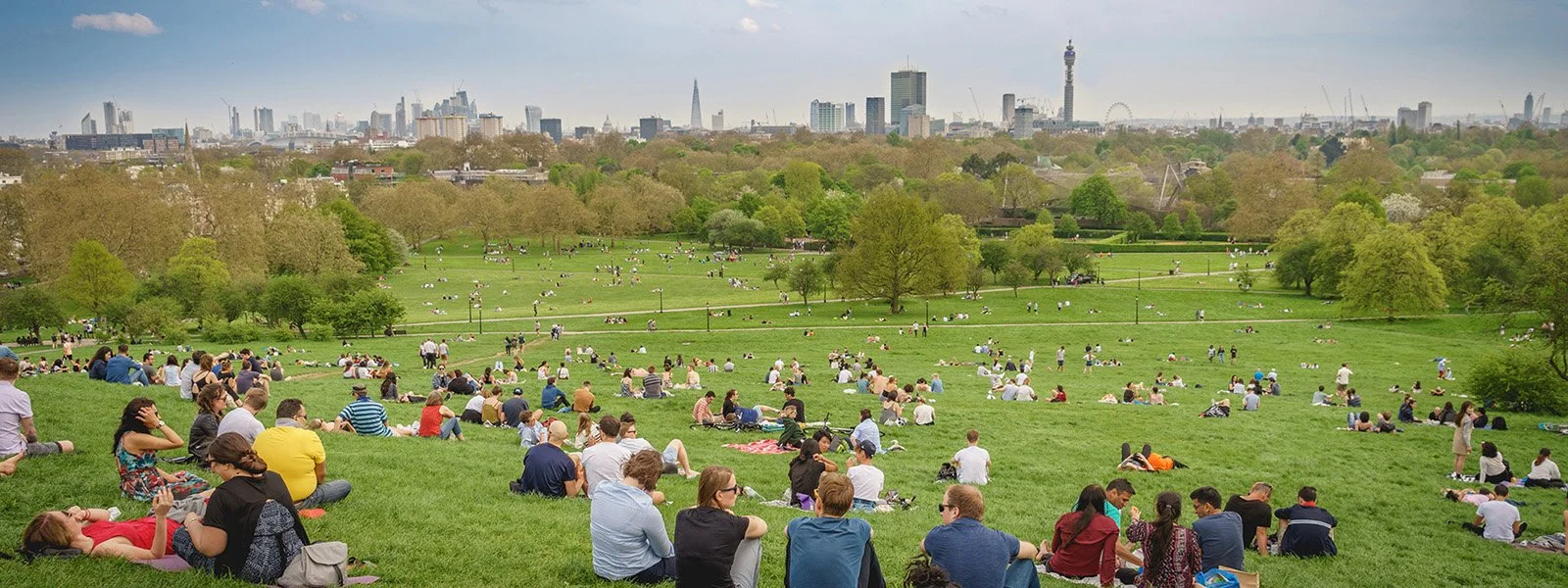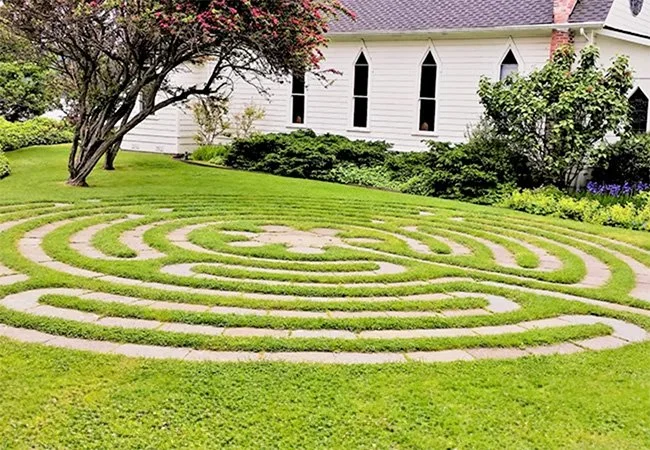
Public Open Space
We maintain that high quality and accessible public open space is essential both for people’s health and well-being and for the environment. So, we are not solely concerned with maximising the experience of sportsmen and women for example in relation to playing quality. Understanding the physical, ecological and social environment of the surfaces with which we are concerned is central to our approach.
Natural Turf Versus Artificial Surfaces
Placing these two concepts in opposition to one another is not at all helpful. From a playing performance point of view, an AGP (artificial grass pitch) is undoubtedly superior to most soil-based sports pitches (provided its all been properly built of course).
These benefits need to be weighed against the other uses to which the area of land concerned might be put. If there is a requirement to provide, say, a football pitch that will be used intensively all year round, and in all weathers, then an AGP will almost certainly be an appropriate solution.
And yet, despite their exceptional playing characteristics, I have known professional rugby players who, faced with the choice, invariably prefer to play and train on a natural turf pitch, as opposed to an AGP, provided that pitch has been constructed and maintained to the very high standards that they require. It’s not all about playing quality it would seem...
The Benefits of Natural Turf/Grassland
It is possible to build ‘state of the art’ natural turf pitches of the form one might see, for example, in major stadia. These provide the very best in playing quality with fewer of the environmental drawbacks that are associated with artificial alternatives. Although such a surface may cost less to construct than an AGP, it is true that they require a more sophisticated and possibly more intensive maintenance regime to keep them performing at their best.
In the public open spaces with which Agrostis is chiefly concerned, such forms of pitch construction are rarely an option. Optimising the existing circumstances to meet the requirements and expectations of the space is usually the name of the game. However, with an understanding of how ‘the best’ sorts of natural turf surfaces are constituted, it is possible to scale back from this to achieve different objectives while still operating in a ‘natural’ environment with living grass, soils etc.
It is here that the versatility of living vegetation established on natural soils comes into its own because, simply by altering the management regime, surfaces may be changed from being intensively-maintained sports pitches to traditional hay meadows and any of the options in between. In recognising this, the possibility of creating a mosaic of habitats and surfaces across large areas of public open space allows us to maximise the environmental, sociological, ecological and, I dare even say, spiritual benefits that these spaces can provide.
Public Open Space – the ultimate Multi-Use-Games-Area.
Beyond sports surfaces...
Meditation/mindfulness labyrinth.



